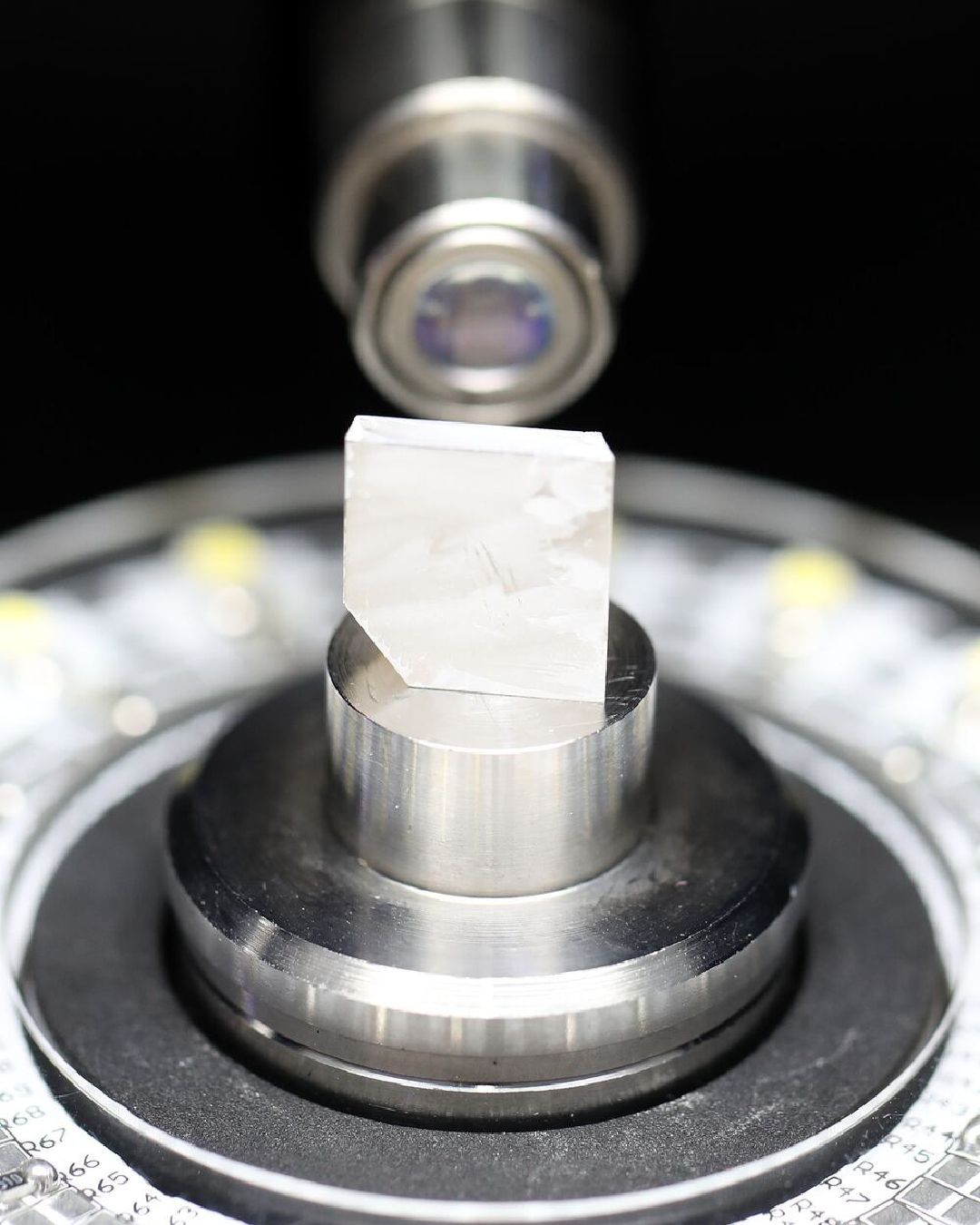
The diamonds cultivated in the desert Saudi Arabia enters the market for laboratory diamonds
Since the European Union and other G7 countries decided to impose a ban on diamonds imported from Russia, the precious stones market has faced new challenges. The officialization of the ban not only represents a reason for slowing down and reversing the diamond industry, which until now relied mainly on Russia and Belgium, but also emphasizes the importance of traceability and transparency, previously underestimated. It is within this complicated framework that the production of lab-grown diamonds fits, a type of gemstone produced naturally but by human hands, which has already made its debut among luxury brands with Tiffany and Prada. The cost-effectiveness of lab-grown diamond production, which compared to extraction hundreds of meters underground in Russia and Africa can cost up to 80% less, is coupled with the ethical and sustainable quality of the product: while the mining industry has a negative impact both on the territory and the people involved, cultivation safeguards both workers and the environment. Entrepreneur Mohamed Sabeg has seen the potential of lab-grown diamonds, constructing in the desert of Saudi Arabia the country's first lab-grown gemstone center, 2DOT4 Diamonds.
To create a diamond in the laboratory, it is necessary to reproduce all the external natural agents that usually play a decisive role in its formation, namely heat, pressure, and gases. It all starts with a diamond called a "seed," as large as 0.6 millimeters, which is subjected to hydrogen, methane, oxygen, and argon, and to a pressure equal to two-thirds of the tip of Mount Everest, Sabeg explained in an interview with CNN. The diamond begins to grow in volume only after coming into contact with a heat source of one thousand degrees Celsius. It is possible to choose the speed at which to produce the stone, Sabeg recounted, but as in all things, the more time it takes, the better the quality of the final product.
Despite representing a unique economic growth opportunity for Saudi Arabia, especially in a period marked by upheavals in the entire market, it will have to contend with two powers well-established in the "man-made" diamond sector, India and China, which, however, are more involved in the production of tools for cutting concrete and metals than jewelry. With the growing demand for stones created with a focus on sustainability and transparency, and the elimination of so-called "blood diamonds" from European capitals, the rise to power of Arab entrepreneur Sabeg begins now, and it starts right from the desert where he cultivates his new jewels.













































